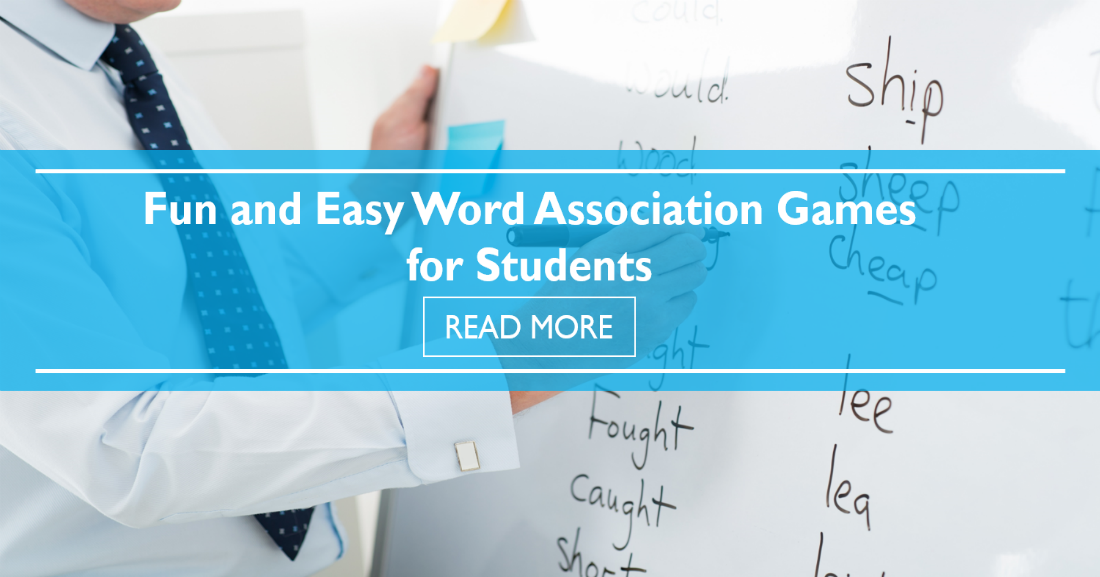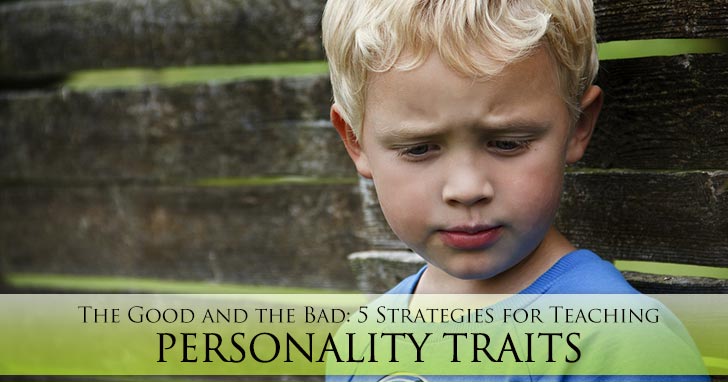Fun and Easy Word Association Games for Students


ESL students will need to learn how to do this. This can be a challenging topic for some because it is not so hands-on, nothing is tangible. Nevertheless, using some or all of the strategies below will help you convey the meaning of personality traits. You will need to adapt each activity depending on the level of your class. These five strategies will help you teach them so they can learn how to describe others in conversation.

Your students will need to learn the vocabulary to express personality traits. Begin by showing them cards with large pictures and the name of the trait under it. Introduce these, having the students repeat after you as you pronounce them. The traits you choose will depend on the level of your class. For beginners, you may stick to more basic words such as “nice” or “mean.” For more advanced classes, you may extend to words such as “generous” or “petty.” Don’t be afraid to act the traits out as you introduce them. This added modality will add to understanding for your students. It can be a lot of fun for them to act out some of the vocabulary words. Acting them out often helps students to remember the meaning of the word when they come across it later. It can be a very useful tool for you as a teacher.
Begin by reviewing the traits you introduced in the previous activity. List them on the board in no particular order. Next, give the students a T chart with the headings “positive” and “negative,” or if they are beginners, you may want to label the two sides “good” and “bad.” Ask the students to put the traits on either side of their chart. If you have picture dictionaries, you may want them available for those who do not remember the meaning of each word. After you are done, have the students use their lists to compile a class list together. Note that some may have the same trait as a positive that others may have as a negative. This can prompt a great class discussion about each student’s choice. Depending on your class, you may need to remind them about disagreeing politely with someone. Some students may not be used to this type of discussion.
Take these same personality traits you have been working on, and turn them into a fun activity. Have each student talk about someone they would never want to meet, listing all the negative traits of which they can think. Have a template on the board, “You’re not my type. I would never want to know someone who is _________________.” Model reading this aloud with some theatrical contempt for the “person” about which you have written. List all of the negative traits you would like to include. Now have the students take turns doing the same. If they start to get into the spirit of being dramatic about it, this can be a fun activity. Again, you may want to talk to the students about this being a fun, silly activity, and make sure they are not referencing any specific student when they make these remarks. Depending on the class, this may be challenging. Try a few and see how it goes, then determine if it is a good activity for your students.
This could work for any class, but would be a lot of fun with a class who knows each other fairly well. Begin by reviewing the personality traits with the picture cards. Next, tell each student to choose three personality traits to describe themselves and hand it in to you. You take turns reading the three traits for the person without revealing their name. Next, give the class a chance to guess whose traits they are. If the class does not guess after three tries (or an appropriate amount for you, depending on how many students you have in your class, you may want the mystery person to reveal him or herself.
For an interesting twist on this game, you could use celebrities or historical figures as the target person. It would be wise to limit it to a certain group, however, so that your students have an idea of who they may choose. For example, if you are studying the presidents, you could give them a list of five presidents you have discussed to use.
You will need three volunteers from outside your class for this one. They could be friends of yours, fellow teachers willing to give up some time or students from another class looking for extra English practice. Have the volunteers write down a list of five personality traits (from your original list) to describe themselves. The students will need copies of those lists. Next, have the volunteers sit in the front of the room and not say a word. Judging on appearances alone, have the students decide which person wrote which list. After everyone has made a decision, let those who are willing to share describe why they chose who they chose. Then, let the volunteers reveal their own lists. Be sure to discuss how this activity, again, should be kept positive, and that students should be respectful of each other at all times.
Your students can not touch a “generous” or see an “angry.” It is a topic that is very reliant on people and, for the purpose of demonstration, their facial expressions and actions. It can be taught, but some patience may be required. The more active the students are in your classroom, the more they are able to act out what they need to act out. This will help them understand personality traits even better.